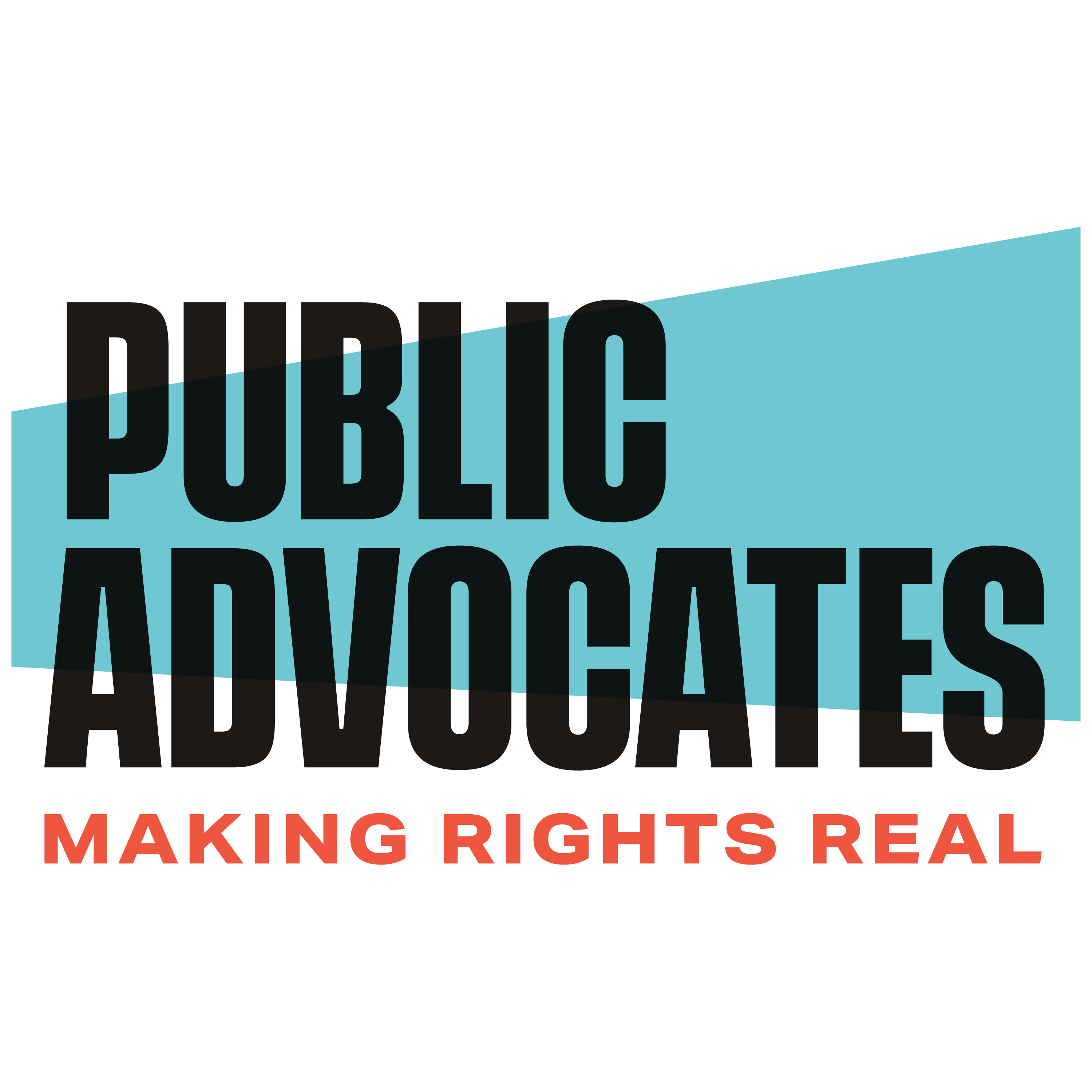Alameda Ends 39-Year Ban on Apartment Buildings
Public Advocates and our allies played a key role in the city of Alameda’s July 2012 decision to lift a 39-year ban on multifamily housing construction and adopt a legally compliant Housing Element for the first time since 1990. By rezoning more than 115 acres of land to permit multifamily development and creating strong zoning incentives for affordable housing, the city opened the door to as many as 2,300 new homes for lower-wage workers and retirees.
The Challenge
Creating new affordable homes for lower-income households in the Bay Area almost always requires building “multifamily” rental housing, such as apartment buildings. In the face of high land and construction costs, multifamily housing creates economies of scale that can translate into lower rents. Because of this, state laws require all cities to identify enough land for higher-density multifamily construction to accommodate their share of the need for new affordable housing.
Since 1973, the city of Alameda has prohibited the construction of new multifamily homes, a policy known as “Measure A.” Originally a voter initiative, Measure A created a city charter amendment banning anything but single family homes and duplexes — and locking lower-income families out of the city’s housing market. For decades, Measure A stood in the way of new affordable homes to meet the needs of low-income workers, families, people with disabilities, and seniors.
As a result, Measure A conflicted with state affordable housing laws. Every local government in California must accommodate its share of the region’s need for new housing at each income level, known as the Regional Housing Needs Allocation (RHNA). Through periodic updates to the “Housing Element” of its General Plan, each city must identify enough sites with appropriate zoning to accommodate the city’s need for lower-income housing. The Housing Element must also analyze and take steps to revise government policies that constrain affordable housing construction.
Alameda has a history of adopting flawed Housing Elements and failing to implement even these inadequate plans. The city’s 2003 Housing Element (covering 1999-2007) relied almost exclusively on the decommissioned Alameda Naval Air Station at Alameda Point to accommodate its lower-income housing need. Nearly a decade later, however, the site is still owned by the Navy and remains unavailable for development. This means the city has a leftover deficit of sites necessary to accommodate its past need for affordable housing.
By June 30, 2009, Alameda was required to update its Housing Element to plan for more than 1,000 units of lower income housing — including past and future needs for the period of 1999 through 2014. For more than three years, the city chose not to adopt a new Housing Element or to address the unlawful constraint on affordable housing created by Measure A.
Our Role
Public Advocates provided legal counsel to Renewed Hope Housing Advocates, a dynamic community group that has been fighting to increase affordable housing opportunities in Alameda since the 1990s. Working with attorneys from the Public Interest Law Project and pro bono partner Paul Hastings, we assisted Renewed Hope with everything from strategy to negotiations with the city.
In November 2011, Renewed Hope sent a legal demand letter to Alameda, insisting the city update its Housing Element and complete required rezoning for affordable housing. The city responded by announcing in December 2011 plans to restart the formerly stalled process of updating its Housing Element. In March 2012, the city released a draft Housing Element update that took substantial steps toward acknowledging its legal obligations and creating necessary exceptions to Measure A’s ban on multifamily development. We worked closely with Renewed Hope to review, comment on and improve this draft.
Public Advocates’ work on a number of other projects played a prominent role in the debate in Alameda. Our 2010 victory in a lawsuit against the nearby city of Pleasanton demonstrated that the courts stood ready to enforce state housing laws if Alameda did not voluntarily relax Measure A. Our work with the 6 Wins Network also created a “carrot” to encourage legal compliance — due to our advocacy, certain transportation and infrastructure funds will be available to Bay Area cities that plan responsibly for new housing development, including adopting a legally compliant Housing Element.
Outcomes
July 2012 marked a dramatic turning point in Alameda, with the City Council adopting a legally compliant Housing Element for the first time since 1990. This action reshapes the landscape of affordable housing development in the city by:
Rezoning 16 sites — more than 115 acres of land — to permit multifamily development. In all, these sites have a capacity for more than 2,300 multifamily units. This is the first time since 1973 Alameda has zoned land to permit multifamily housing.
Making sufficient sites available to address not only the city’s current share of the region’s housing need, but also the portion of its past affordable housing needs that it failed to accommodate when Alameda Point did not transfer from the Navy as planned.
Building substantial incentives for affordable housing into the city’s zoning code. In rezoning sites to meet its affordable housing need, Alameda decided to offer benefits such as increased density and height limits to projects that include affordable housing. The maximum level of zoning benefits is given to projects in which at least 50 percent of the units are affordable to low and very-low income households. This incentive zoning is similar to the affordable housing overlays that Public Advocates has worked on in Concord and Menlo Park.
Committing the city to developing stronger affordable housing funding programs and pursuing all available sources of affordable housing funds to support new construction in the city.
Public Advocates continues working with Renewed Hope to ensure that all aspects of Alameda’s Housing Element and multifamily rezoning are carried out fully.

